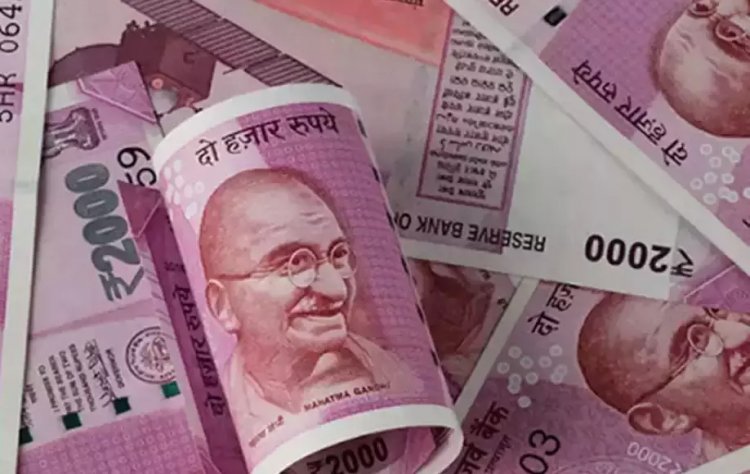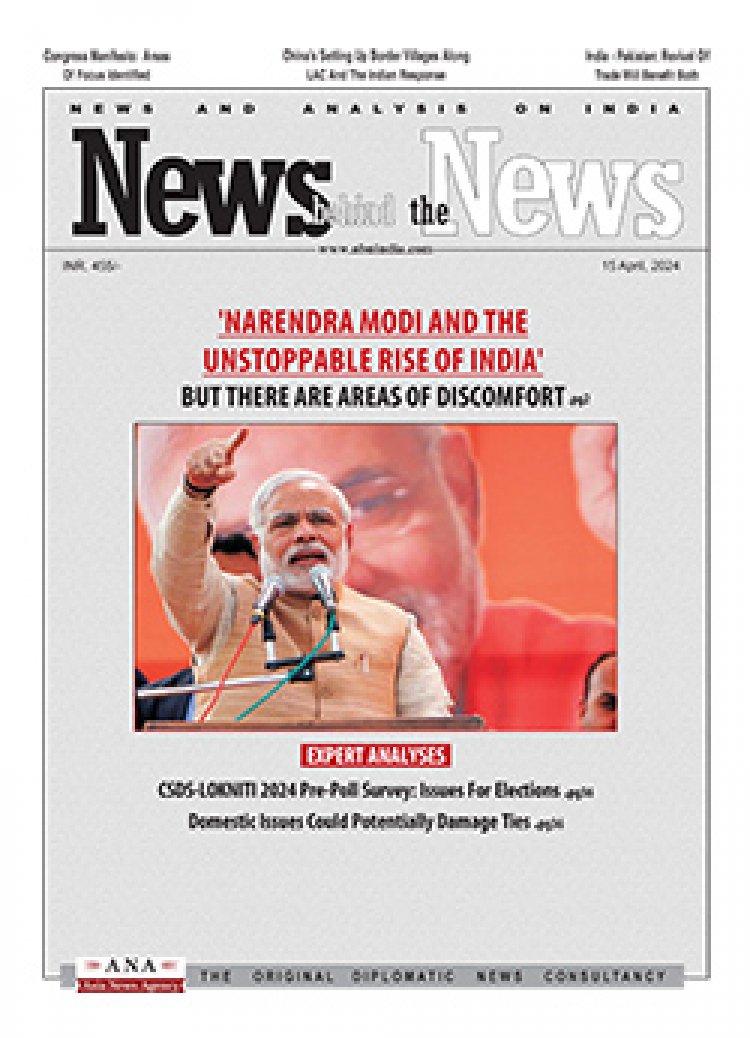Facilitating international trade in domestic currency is a good idea, but with limitations
STORIES, ANALYSES, EXPERT VIEWS

With foreign exchange reserves dipping to $531.08 billion as on October 28, from a peak of $642.02 billion a year ago, it isn’t surprising that the government and the Reserve Bank of India (RBI) are seeking to conserve reserves by facilitating international trade in domestic currency, as opposed to the dollar. The RBI had, in September, allowed the public sector UCO Bank to open a special rupee ‘Vostro’ account for Russia’s Gazprombank. This was to enable payments for imports from Russia to be made in rupees and credited to the said account. The monies deposited in the same Vostro account could, in turn, be debited for paying Indian exporters to Russia in rupees. Besides UCO Bank, two Russian-owned banks — Sberbank and VTB Bank — have opened special Vostro accounts at their respective branches in Delhi. To the extent that payments for trade between the two countries happens in rupees, The Indian Express states “it reduces India’s dollar dependence and depletion in forex reserves.”
The government “wants to push similar rupee-based bilateral trade mechanisms with Sri Lanka, Maldives and assorted southeast Asian, African and Latin American countries. The idea isn’t new. Even before Russia, the same UCO Bank operated a special Vostro account of four Iranian commercial banks, where Indian refiners deposited rupee payments for import of crude from the Western sanctions-hit Islamic republic. Iran used these funds to import basmati rice, tea, sugar, soyabean meal and pharmaceuticals, especially during 2016-17 to 2019-20. The arrangement, according to the paper “worked quite smoothly till the Vostro account ran dry after India practically stopped sourcing crude from Iran, following the lifting of sanction waivers by the US.
















